 Gretchen Quarterman
canvassed on Summerlin Street in Valdosta Saturday:
Gretchen Quarterman
canvassed on Summerlin Street in Valdosta Saturday:
The number one thing we need to do is to make the government accessible and transparent, so that the business of the people goes on in public.
Here’s a video playlist:
LAKE videoing George videoing Gretchen canvassing on Summerlin Street in Valdosta,
Canvassing, Lowndes County Commission (GretchenForLowndes.com),
Videos by John S. Quarterman for Lowndes Area Knowledge Exchange (LAKE),
and by George Boston Rhynes for bostongbr on YouTube,
Valdosta, Lowndes County, Georgia, 25 August 2012.
Gretchen mentioned she’d been going to County Commission meetings for about four years now, and thought it was her turn to serve. George asked why she was canvassing on the west side of Valdosta, and she answered:
The thing that is important for people to know is that every single citizen in the county gets to vote, Whether you live in Valdosta, Hahira, Lake Park, Dasher, Remerton, or the unincorporated areas. Every single person who lives in Lowndes County who is a registered voter gets to vote.
 You have until October 8th to register
to vote for the November 6th election.
You can register at the Board of Elections at 2808 North Oak Street,
or there are people going around with forms you can fill in and mail
in or they will hand carry down there.
You have until October 8th to register
to vote for the November 6th election.
You can register at the Board of Elections at 2808 North Oak Street,
or there are people going around with forms you can fill in and mail
in or they will hand carry down there.
 Participatory media!
Doing what traditional media could do, George Boston Rhynes
interviewed Gretchen Quarterman as she canvassed on
Summerlin Street in Valdosta Saturday.
Doing what traditional media can’t do, I videoed
George videoing Gretchen, and he later videoed me
helping Gretchen canvass.
Participatory media!
Doing what traditional media could do, George Boston Rhynes
interviewed Gretchen Quarterman as she canvassed on
Summerlin Street in Valdosta Saturday.
Doing what traditional media can’t do, I videoed
George videoing Gretchen, and he later videoed me
helping Gretchen canvass.
-jsq

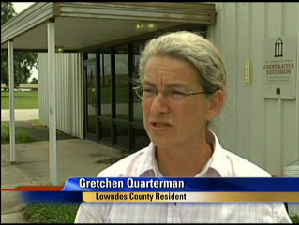

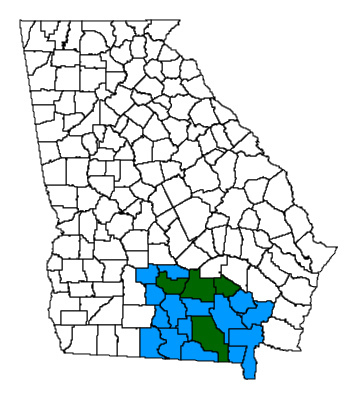
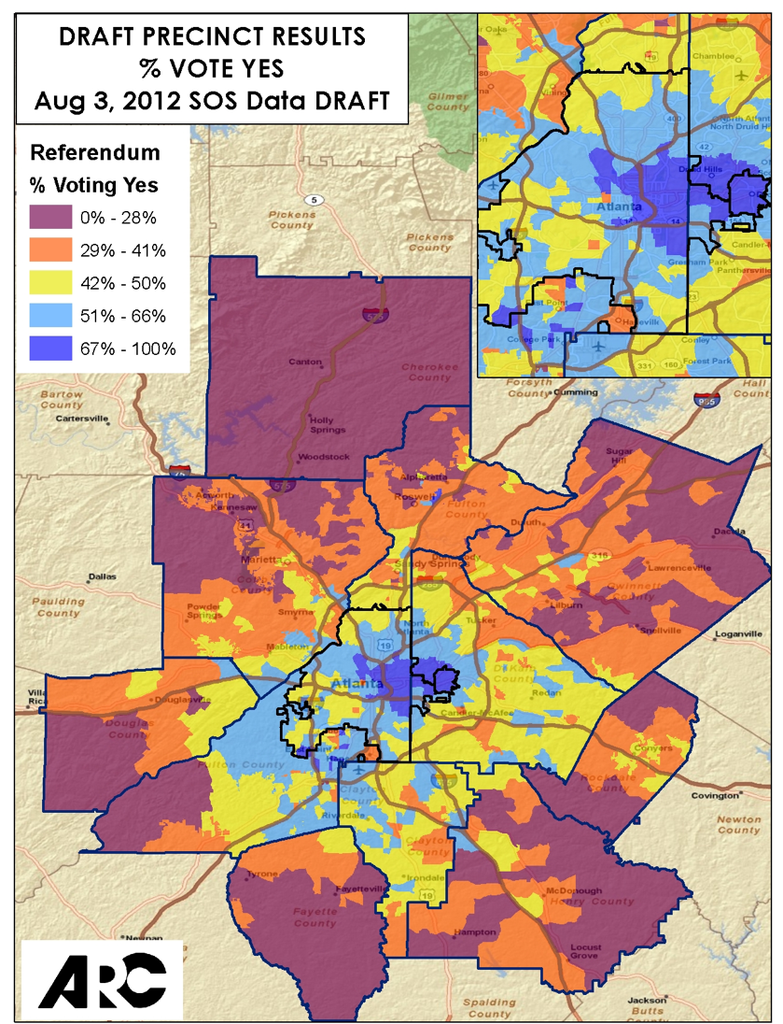
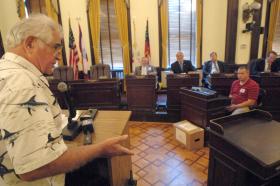

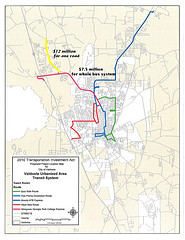








 for
for 




